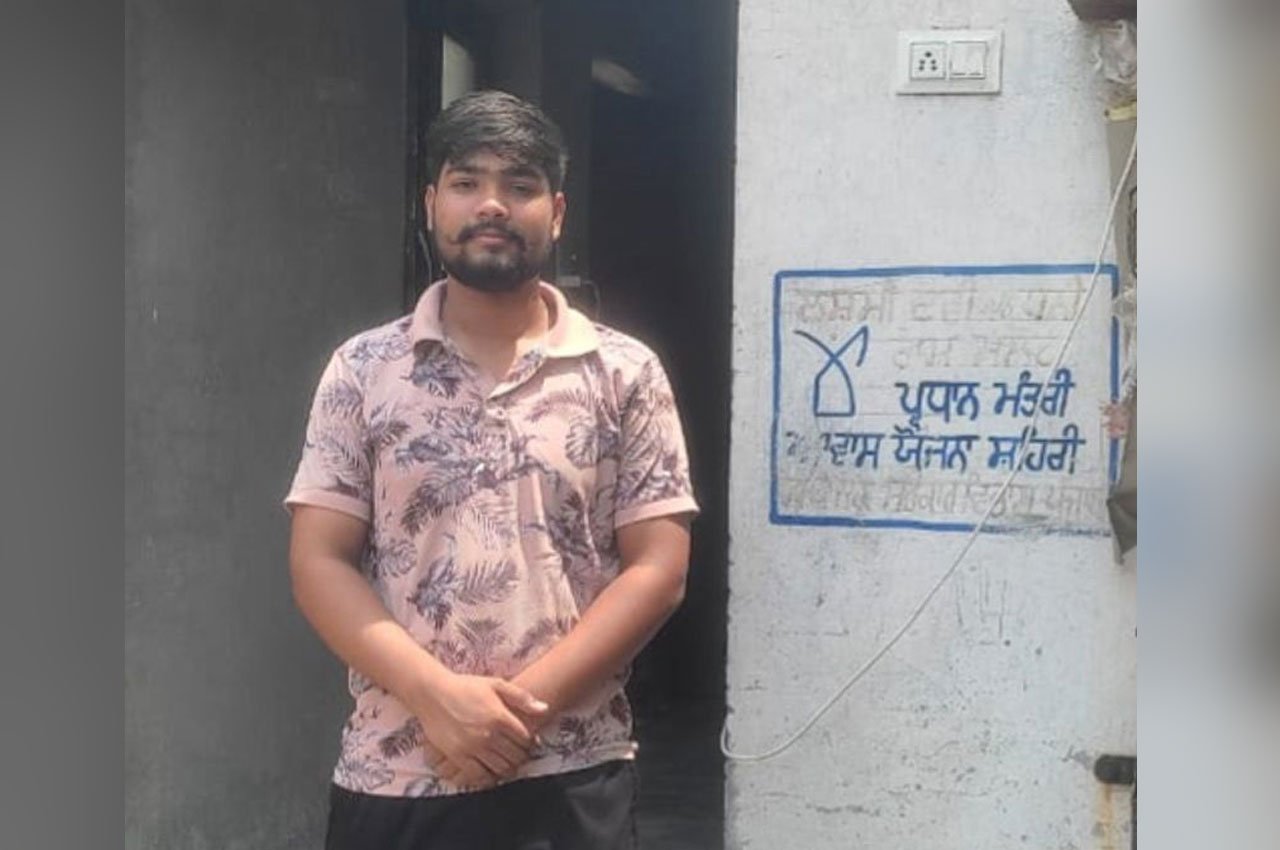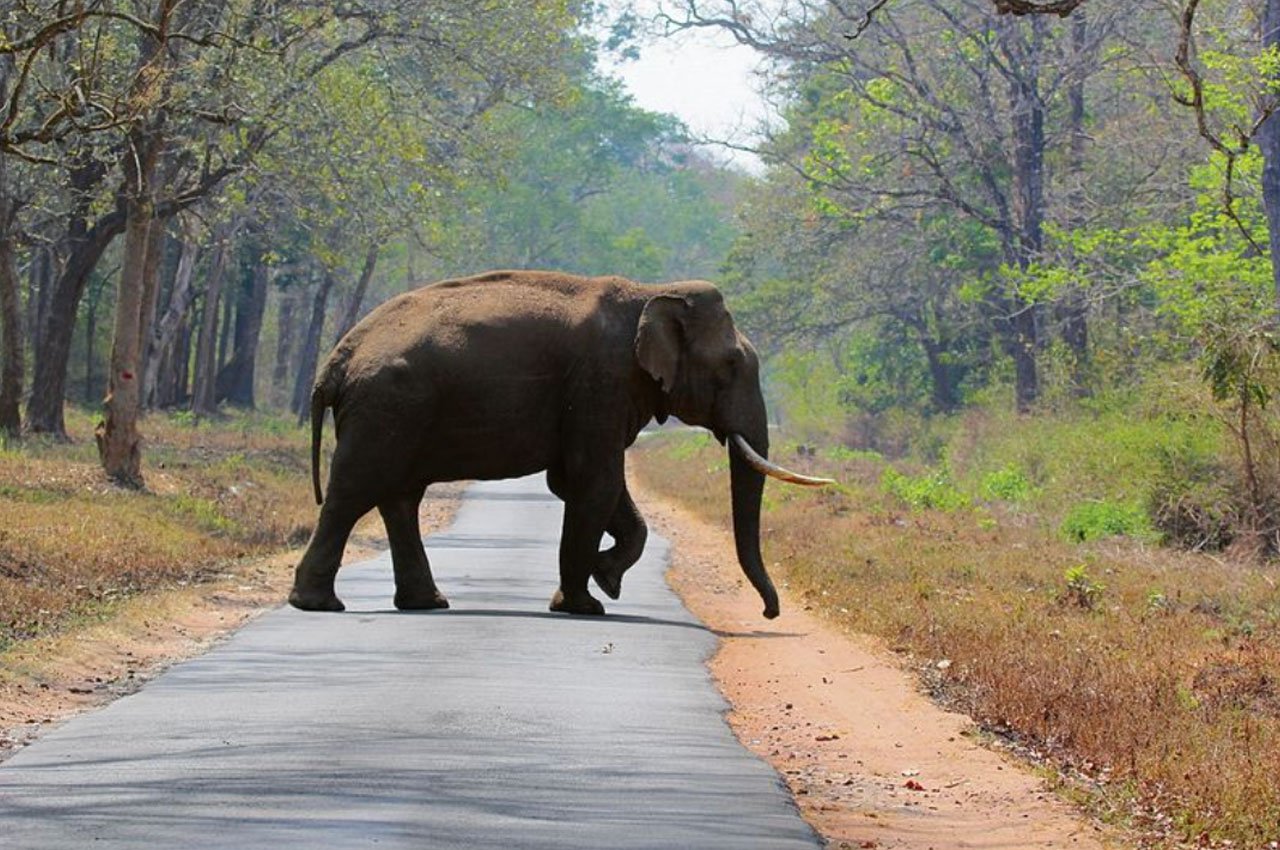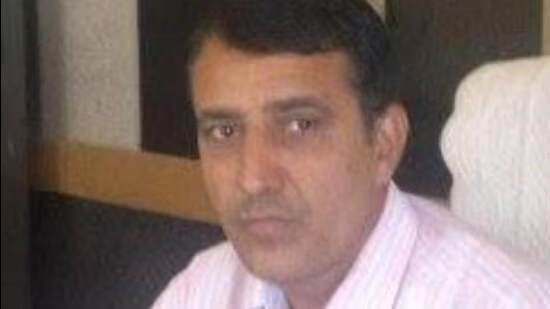Jatin, Malout Cobbler’s Son Shines in NEET 2025. Photo Credit: The Tribune
In an extraordinary tale of resilience and success, 18-year-old Jatin, the son of a cobbler from Ravidas Nagar in Malout, Punjab, secured an All India Rank (AIR) of 7,191 and 170th rank in the SC category in NEET-UG 2025. His achievement has taken centre stage in Punjab’s education circuit, becoming a testament to how talent and grit can blossom against the odds.
Jatin’s family, residing in a modest two-room home built under Pradhan Mantri Awas Yojana, faced financial hardship—his father, Dharamvir, works in a local jutti unit, his mother’s health is fragile, and two younger brothers attend school. Despite these challenges, Jatin studied at Jawahar Navodaya Vidyalaya, Warring Khera, and earned a coveted spot in a free residential coaching program in Pune, ensuring no extra burden on his family.
His NEET success opens doors to MBBS at AIIMS Rishikesh, where low fees and high educational standards align with both his aspirations and his family’s means. Reflecting humility and hope, Jatin urges fellow aspirants never to give up, affirming that perseverance can transform dreams into reality.
Punjab’s Medical Aspirations: A Beacon of Excellence
Jatin joins a growing league of Punjab’s NEET high-flyers, including Keshav Mittal from Tapa Mandi, who claimed AIR 7 with 680 marks—becoming the state topper and national frontrunner. Keshav’s disciplined eight-to-nine-hour study routine, restricted phone usage, and focused mindset spotlighted how consistency leads to standout performance.
In Abohar, Raghav Goyal earned AIR 87, scoring 648/720. An ICSE topper in Class X, Raghav pursued online studies from home and stayed focused, minimizing distractions—a strategy now heralded as exemplary.
Echoes of Perseverance from Across India
Punjab’s own success stories resonate nationwide. In Maharashtra, Vaibhavi Deshmukh, dealing with personal tragedy after her father’s murder, scored 147 marks in NEET. Her resilience was lauded by Deputy CM Ajit Pawar and other leaders, who called her an inspiration.
In Jharkhand, Rohit Kumar, once selling phone covers full-time, cracked NEET through sheer hard work and minimal sleep. In Rajasthan, Shravan Kumar, once a factory worker, became a doctor and aims to support his family and serve the underprivileged.
Tribal achievers from Maharashtra’s Gadchiroli, such as Devdas Mangu Wachami, Saniya Tukaram Dhurve, and Gurudas Gisu Michha, shattered barriers—securing 472, 364, and 348 marks respectively—reflecting the impact of inclusive coaching initiatives.
What This Momentum Means for Punjab
Jatin’s success, alongside Keshav’s, Raghav’s, and others, underscores a shift in Punjab’s academic landscape. Under the Sikhiya Kranti and PACE programmes, state-supported students are increasingly competing with peers relying on private coaching. This dynamic was further validated when 44 government school students cleared JEE (Advanced), highlighting the rising quality of public education.
However, concerns remain about the dominance of coaching institute culture, with budding students increasingly shifting away from traditional school systems.
The Road Ahead for NEET Achievers
For Jatin, the journey to AIIMS could be life-changing—offering world-class medical education and lifting his family from financial constraints. Likewise, Keshav, Raghav, and others stand poised to carry Punjab’s hopes into national institutions. As NEET counselling begins, these young achievers will soon transition from test-takers to doctors, embodying the dreams of their communities.
Final Thought
The story of Jatin, the cobbler’s son from Malout, captures the essence of modern India’s educational transformation—where determination meets opportunity. His blend of academic excellence and humble beginnings stands as a beacon of inspiration. Alongside a wave of success across the state and nation, Jatin signals a future where perseverance, support systems, and rising educational equity converge to produce a new generation of leaders in medicine.




